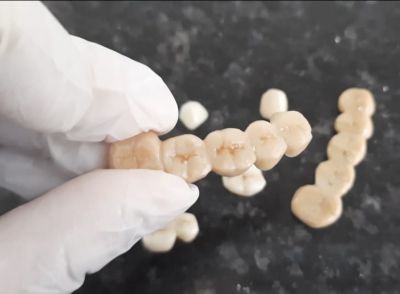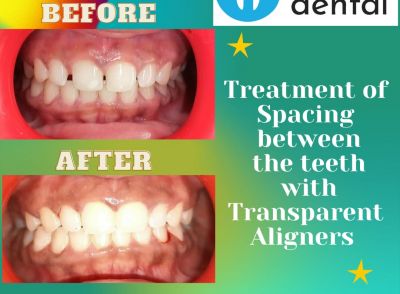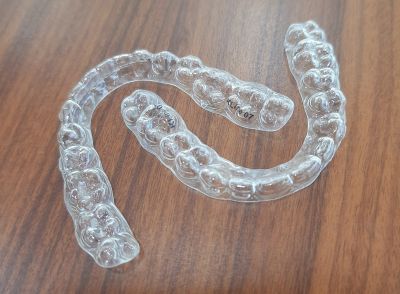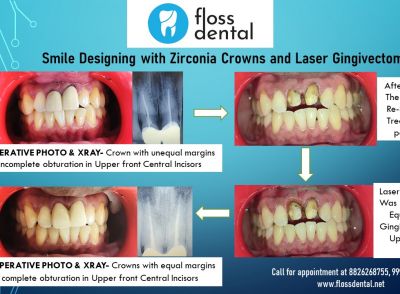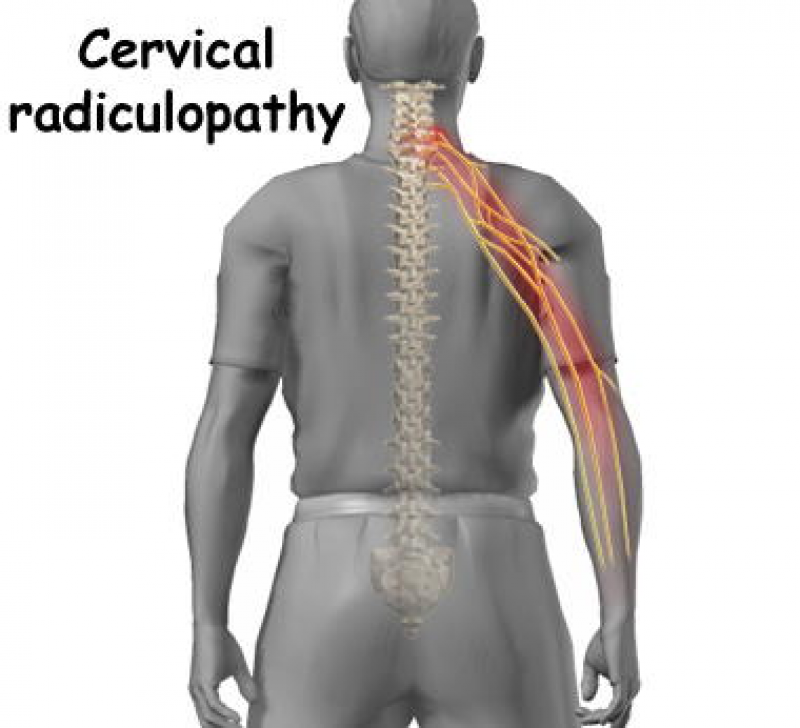
Cervical radiculopathy, ordinarily referred to as a "pinched nerve" happens once a nerve within the neck is compressed or irritated wherever it branches away from the neural structure, this causes pain that radiates into the shoulder, also causing muscle weakness and numbness in the arm and the hand.
Cervical radiculopathy is commonly caused by "wear and tear" changes that occur within the spine as we have a tendency to age, like inflammatory disease. In younger folks, it's most frequently caused by a sudden injury that ends up in a herniated disk.
In most cases, cervical radiculopathy responds well to conservative treatment that features medication and physiatrics.
Cause
Cervical radiculopathy most frequently arises from chronic changes that occur within the spine as we have a tendency to age or from associate degree injury that causes a herniated, or bulging, intervertebral disc.
Degenerative changes. because the disks within the spine age, they lose height and start to bulge. They additionally lose water content, begin to dry out, and become stiffer. This downside causes subsidence, or collapse, of the area of disk space and loss of its height.
As the disks lose height, the vertebrae move nearer along. The body responds to the collapsed disk by forming additional bone - called bone spurs-around the disk to strengthen it. These bone spurs contribute to the stiffening of the spine. They'll additionally narrow the foramen-the little openings on all sides of the vertebral column wherever the nerve roots exit-and pinch the nerve root.
Symptoms
In most cases, the pain of cervical radiculopathy starts at the neck and travels down the arm within the space served by the broken nerve. This pain is typically represented as burning or sharp. Neck movements-like extending or straining the neck or turning the head-may increase the pain. Alternative symptoms include:
• Tingling or the sensation of "pins and needles" within the fingers or hand
• Weakness within the muscles of the arm, shoulder, or hand
• Loss of sensation
Some patients report that pain decreases once they place their hands on top of their head. This movement could relieve pressure on the nerve root temporarily.
Treatments
Nonsurgical Treatment
Initial treatment for cervical radiculopathy is nonsurgical. Nonsurgical treatment choices include:
Soft cervical collar: this can be a cushiony ring that wraps round the neck and is held in place with Velcro. Your doctor could advise you to wear a soft cervical collar to permit the muscles in your neck to rest and to limit neck motion. This could facilitate decrease the pinching of the nerve roots that accompany movement of the neck. A short collar can be worn for a small period of your time since longer wear could decrease the strength of muscles within the neck.
Physical therapy: Specific exercises will facilitate relieve pain, strengthen neck muscles, and improve range of motion. In some cases, traction is often used to gently stretch the joints and muscles of the neck.
Medications: In some cases, medications will facilitate improve your symptoms.
• Non-steroidal medicament medication (NSAIDs). NSAIDs, together with Empirin, ibuprofen, and non-steroidal anti-inflammatory, could offer relief if your pain is caused by nerve irritation or inflammation.
• Oral corticosteroids. a brief course of oral corticosteroids could facilitate relieve pain by reducing swelling and inflammation round the nerve.
Surgical Treatment
If nonsurgical treatment doesn't relieve your symptoms, your doctor could advocate surgery. There are many surgical procedures to treat cervical radiculopathy. The procedure your doctor recommends can rely on several factors, together with what symptoms you're experiencing and the location of the concerned nerve root.
The article is provided by Floss Dental, Best Dental Care Clinic in Noida, Delhi NCR region.
Share this with your friends:


